Media Workshop and Press Meet, Chennai: May 27-28, 2011
LGBT communities globally have experienced distortion and sensationalization of our issues in the mainstream media, and the Chennai scene is no exception. At the same time, small but significant sections of the mainstream and alternate media have provided us welcome visibility by covering issues in positive light and publicising Pride events.
Since inception in 2009, the Chennai Rainbow Coalition; a collective of individuals, informal collectives and non-profit groups working on sexuality, human rights, gender and health; has organized press meets in conjunction with Pride month. In 2010, we had our first workshop, Facing the Media, on how to (and how not to) speak to the media. This workshop was organized by Asma, an ally of the community, who is also a media professional herself. This year too, we had Asma offer this workshop.
Held on the evening of May 27, the workshop was hosted at the office of Sahodaran, a sexual health organization run by and for the queer community, and attended by over 25 enthusiastic participants.


Asma began by eliciting participant input on the positive and negative associations they had with the media. Predictably, the list of negatives was significantly longer than the list of positives.


Starting with the gyaan that Media is not your enemy: media has the potential of being a friend. We need to reach out to the media, Asma provided us insights into what makes news newsworthy, and how we can leverage these points to make ourselves visible while at the same time preventing sensationalistic portrayals.
Some of her points included the following:
– The news item needs to have novelty. An update on a pre-existing issue is not as newsworthy as an entirely new issue.
– It has to be timely. Last week’s news, however gripping, is stale.
– The news should have proximity to the reader or viewer. Often, a dead dog in your street is more newsworthy than an earthquake in a faraway land. Good or bad, the news should affect the reader.
– Celebrity value
The journalist is on the lookout for news that has these four criteria. If she asks individuals about their personal story, it is with the sole purpose of making her piece unique in comparison with other media coverage. She/he is not really interested personally in each person’s story.
A common strategy employed by the LGBT communities in Chennai and elsewhere is to share personal stories of adversity and discrimination, in hopes of changing hostile attitudes and eliciting sympathy and understanding. The strategy has been used time and time again in coming out episodes to friends and family, as well in sensitization programs targeting medical professionals, law and police establishments. However for the media, this is not an effective strategy because of the potential these stories have of being sensationalized.
Asma pointed out that roping in celebrities is a double-edge sword. They will capture media attention, but this attention can end up being focused on them rather than on the issues at hand.
She reiterated the importance of keeping the messages simple, consistent, and repeatable by everyone speaking to the media through the Pride event.
Theworkshop also provided an opportunity to discuss the draft of the media release and obtain input on content from the participants. Further, during the workshop, the list of speakers scheduled to speak at the next day’s Press Meet was finalized.View the English and Tamil media release here.
Asma also made the speakers rehearse their lines and sequence, anticipate queries from the media, and prepare suitable responses. This preparation proved immensely useful. Thank you, Asma!
The next day, Saturday May 28, a gang of LGBT folks and our allies descended on the Press Club at Chepauk, armed with copies of the media release and the calendar of events. Tamil and English newspapers and several TV channels were present.






View an excerpt of the Q&A section in this embedded clip from YouTube
Thanks to the media for the positive coverage, including
